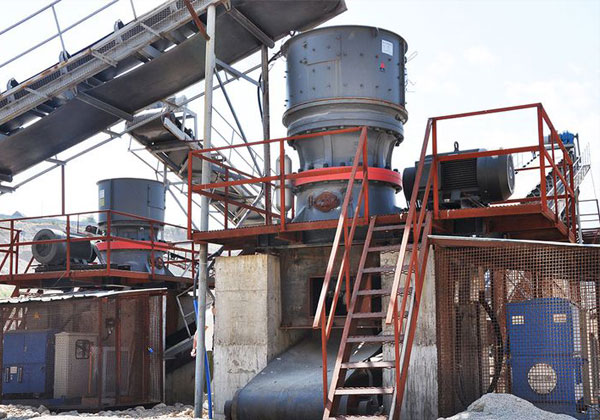Iron ore mining requires specialized crushing machinery to break down the ore into manageable sizes for further processing. The crushing process is essential to enhance the efficiency of subsequent separation processes, such as magnetic or flotation separation. Different types of crushers are employed depending on the characteristics of the iron ore and the desired output size. Key crushers used in iron ore mining include jaw crushers, cone crushers, impact crushers, and gyratory crushers.
Jaw crushers are widely used in the primary crushing stage. These crushers work by compressing the ore between a fixed and a moving jaw. The crushed ore is then transported to the next processing stage. Jaw crushers are ideal for breaking down large chunks of iron ore into smaller pieces. They offer high throughput and efficiency, making them suitable for the first stage of crushing in iron ore mining operations.

Cone crushers are commonly used in the secondary and tertiary stages of crushing. These crushers are designed to reduce the size of the ore further after it has been initially crushed. The ore is fed into a cone-shaped cavity, where it is crushed between a rotating mantle and a stationary concave. Cone crushers are efficient in reducing ore to the desired size, and they also help to ensure a uniform particle size distribution, which is important for the quality of the final product.
Impact crushers are employed to break down hard and brittle materials, such as iron ore, through high-speed impact. These crushers use a rotating impeller to strike the material, breaking it into smaller fragments. Impact crushers are particularly useful in iron ore mining when dealing with soft to medium-hard ores. They are known for their ability to produce high-quality, fine material with a low level of fines generation, making them suitable for fine crushing applications in iron ore production.
Gyratory crushers are often used in large-scale iron ore mining operations due to their ability to handle high capacities and reduce larger chunks of ore to smaller sizes. Similar to cone crushers, gyratory crushers use a cone-shaped crushing surface, but their design allows for continuous crushing. The ore is fed into the top of the crusher and gradually descends as it is crushed. Gyratory crushers are typically used in the primary stage of crushing, and their large capacity makes them ideal for large-scale iron ore production.
In addition to the crushers themselves, other ancillary equipment such as vibrating screens, conveyors, and feeders are necessary to ensure efficient crushing operations. Vibrating screens help to sort and classify the crushed ore according to size, allowing for the separation of finer particles. Conveyors transport the crushed ore between stages, while feeders regulate the flow of ore into the crushers. All these components work together to ensure that the iron ore is processed efficiently and effectively, with minimal downtime and optimal throughput.

